Changemakers!
I explored the WE virtual learning center. I was surprised with how much information there was and how easily accessible all of the resources were.
First, I chose to go into the Education and Innovation section. I then visited the STEM subsection. There, I watched the virtual service learning through STEM. This was a recording of a lesson that was previously held online. 2 educators/ experts hosted the lesson. They encouraged viewers to participate and engage in the lesson. They explained what STEM learning is, the importance of it, and campaigns in action. They also mentioned how WE is encouraging this innovation by providing a grant that a student could be fortunate enough to receive. Past receivers of the grant also showcased what they did with the grant once they received it.
There are several different sections that all include multiple subsections. All of which that have video lessons and resources. The WE page can be super beneficial and really give a kickstart to students becoming engaged in pursuing grants and opportunities to make a change.
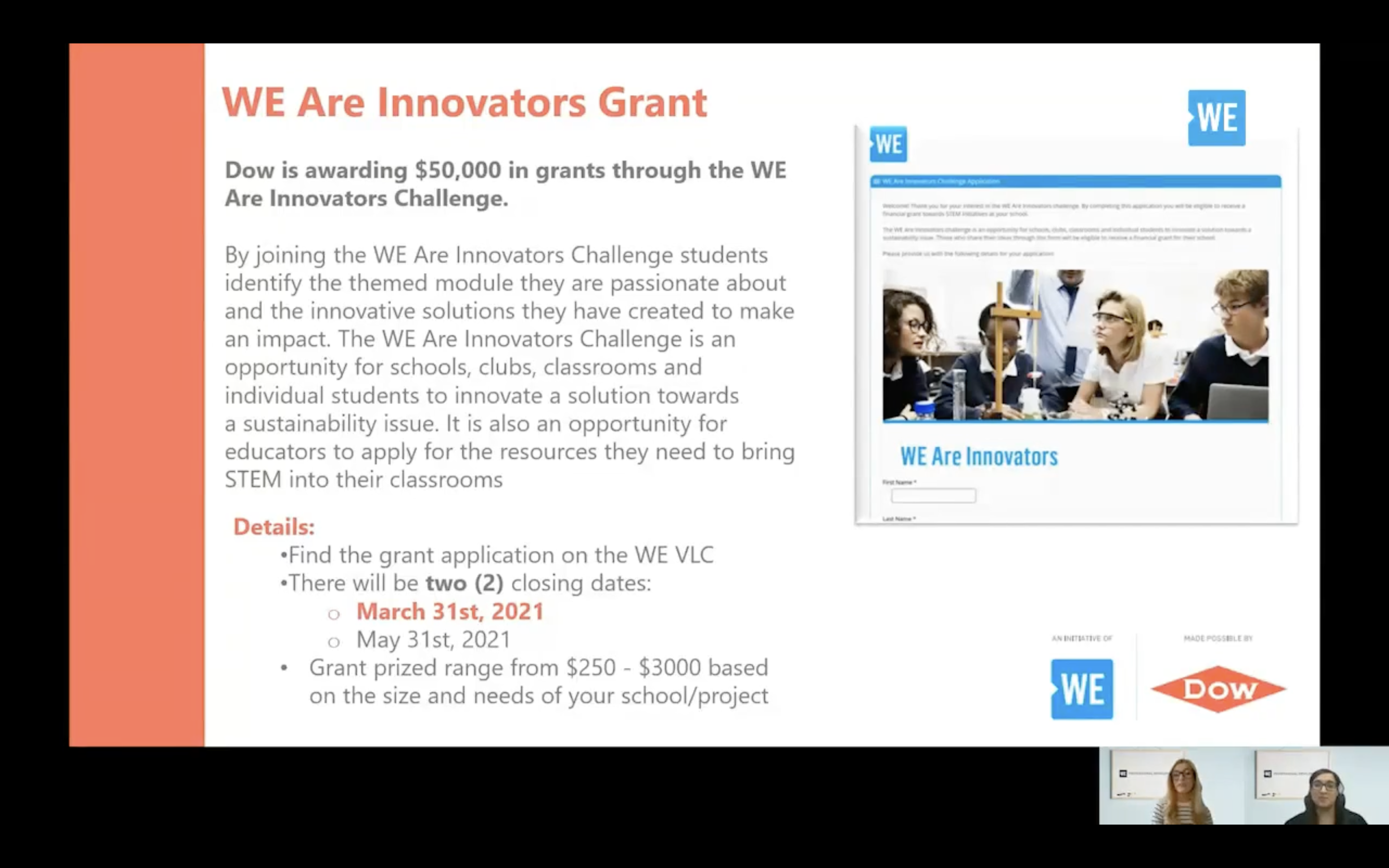
Here are the details of the video that I watched, though this grant was for 2021. They offer similar ones in different topics which will help to inspire students to want to make a difference.
WE Virtual Learning Center
Taking a look at WE Virtual Learning Center was a great experience to gauge the amount of resources there are available to educators. As teachers, learning is a never ending job and with the learning center that becomes a lot easier. I was able to navigate the website and come across a variety of different forms of resources, all that an educator could use to either further their knowledge on said subject, or as an introduction to a new topic they might want to present to their class in the near future.
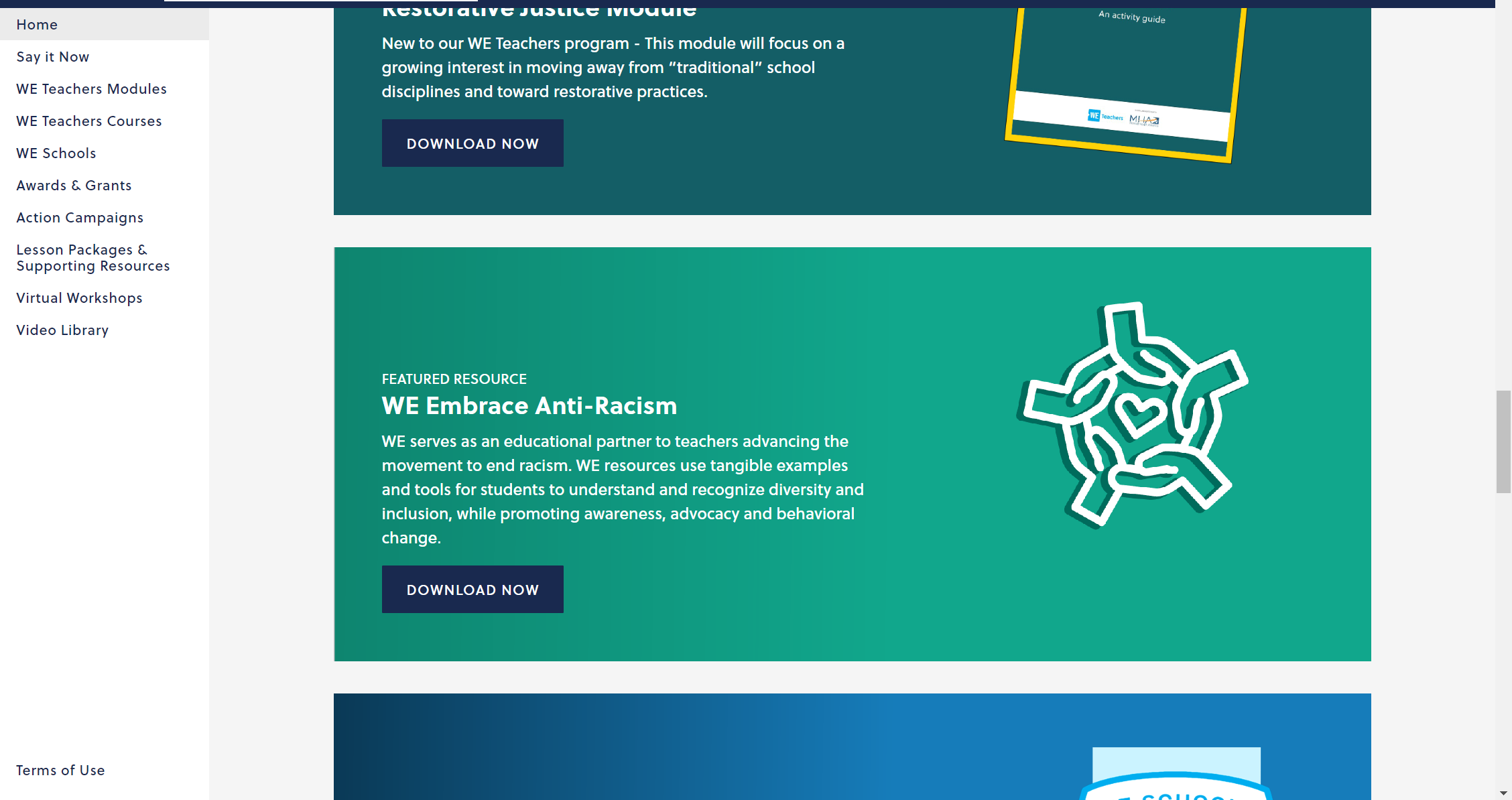
Resources
As soon as I began exploring, I was able to come across the home page “Featured Resources”, which I then took the time to look through and found one on Anti-Racism. I thought it was truly incredible to see such resources available to educators in order to ensure that there is always a safe and equal environment within the classroom setting for all students. I took a look at it and was excited to see the variety of different activities and resources available within. It was all easy to follow and understand, as well as engaging. It was definitely something that I would like to implement into my very own classroom.

Workshops
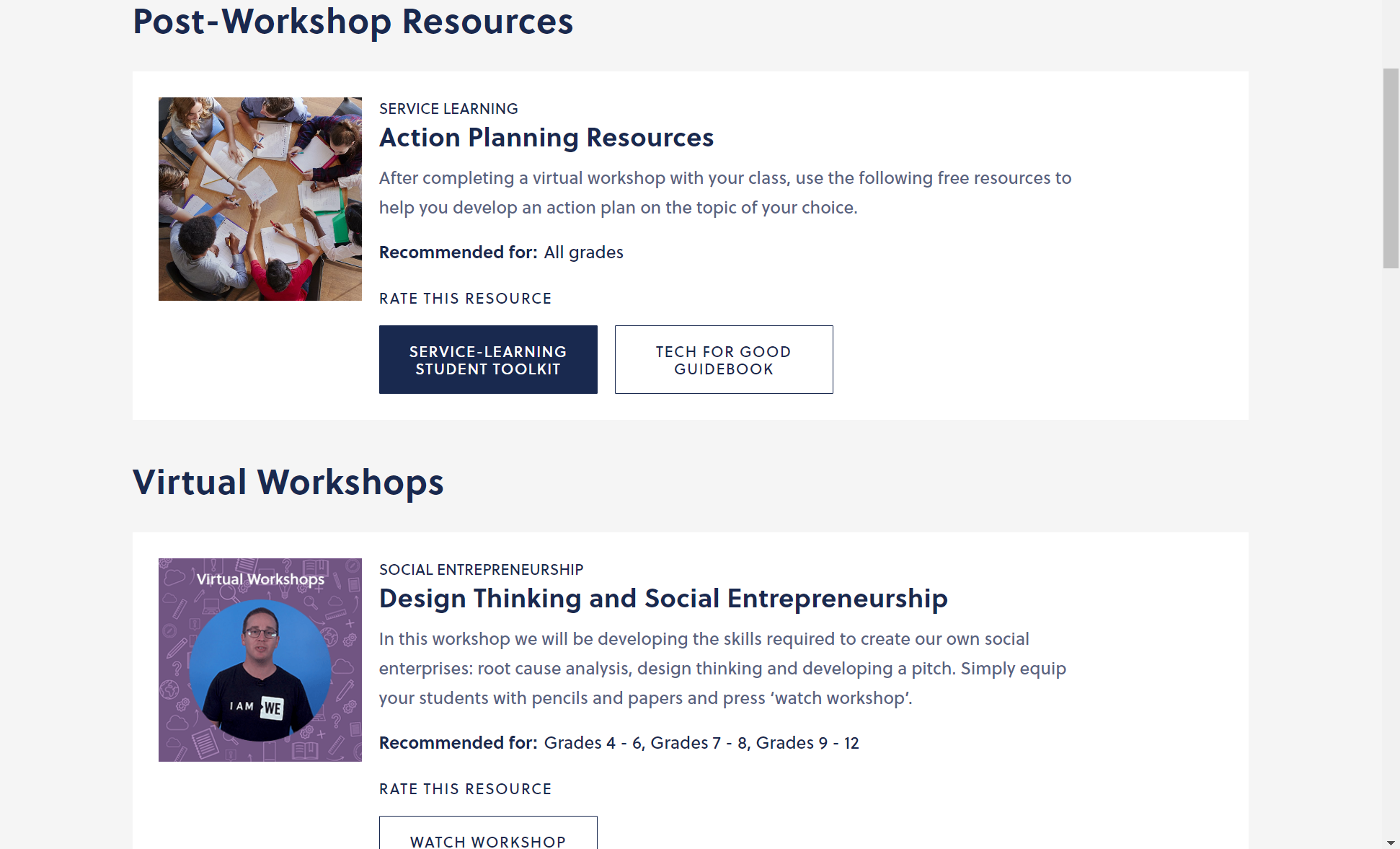
After doing some more exploring, I landed on the Workshop page and was pleasantly surprised with the plethora of workshops there are offered, and the fact that they are virtual makes it incredibly convenient. I was not expecting there to be as many resources as there is, but am beyond glad that there is. Using the workshops and other forms of information on the WE Virtual Learning Center is a tremendous way to improve as an educator and ensure the students are receiving a quality education via an informed instructor. Taking a look at this resource gave me the excitement to one day be able to implement things such as this into my classroom and have a list of materials that I can rely on to ensure I am doing the best job I can.
Global Collaboration Through YouTube 360 Videos
In today’s interconnected world, education has gone further than the traditional boundaries educators around the globe have been familiar with. With technology as a new tool in the classroom, teachers now have a variety of resources that enable them to connect with classrooms worldwide. Among these tools, YouTube 360 videos stand out as a powerful resource, offering an immersive and engaging way to collaborate globally.
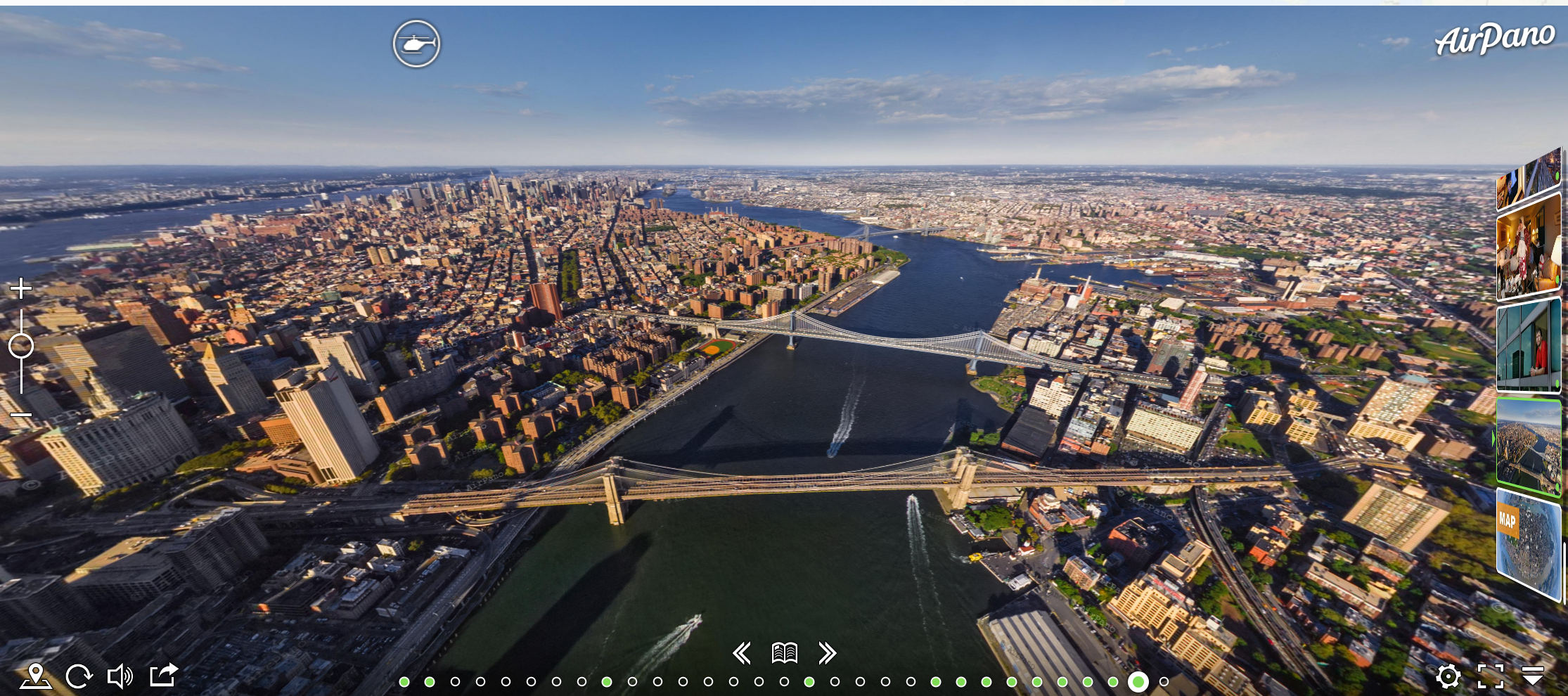
Why YouTube 360 Videos?
YouTube 360 videos allow for a truly unique experience within itself by allowing viewers to explore scenes in 360 degrees. How this differs from a traditional video comes down to the exploration aspect of it. Students are able to take a close look at different environments and settings as if they themselves were present. They are able to navigate through a variety of different experiences and puts it in the hands of the students rather than having a video students just watch. This engaging and immersive technology opens doors for educators to take their student on virtual journeys, exposing them to diverse cultures, environments, and experiences all around the globe regardless of how far away the experience is.
Global Collaboration in Education
Collaborating globally through YouTube 360 videos and other forms of virtual/augmented reality offers numerous benefits for educators and their classrooms:
Cultural Exchange:
By having students take a look at 360-degree videos from different regions, educators can expose their students to various cultures, traditions, and ways of life. The impact of these videos can be much greater than standard videos, as it immerses the student in a distinct culture from around the world. It enables the student to develop an understanding of global awareness and identify similarities and differences between cultures and regions. Here is an example of a YouTube 360 video of an experience students can share with others.
Creating Lessons with YouTube 360
In the classroom, YouTube 360 can be used for a lot more than just a navigational video, it can serve as an example for students about perhaps something that they would like the rest of the world to experience via VR. Students can utilize the tool and create their own video using different types of software paired with their cellphones or other devices. By doing so, they are also able to connect with other students across the world by understanding in a more immersive way in which the geography of where they’re from is, or the issues that are present in the communities of the students. Having the ability to do so opens the door for assignments that encourage students to help each other find solutions to similar problems they might have within their communities as well. YouTube 360 videos serve as a solid base to develop understanding and most importantly interest in various locations, cultures, regions, and more all across the globe.
Virtual Reality
By: Gianna Taylor
Successful Global Collaborations using ARVR in Education
Benefits and Improvements
By using Augmented and Virtual Reality, an educator can see an improvement in their classroom. This is because:
- Teamwork improves
- Want to learn improves
- Social Skills improve
- Excitement about class improves
- Safe environment
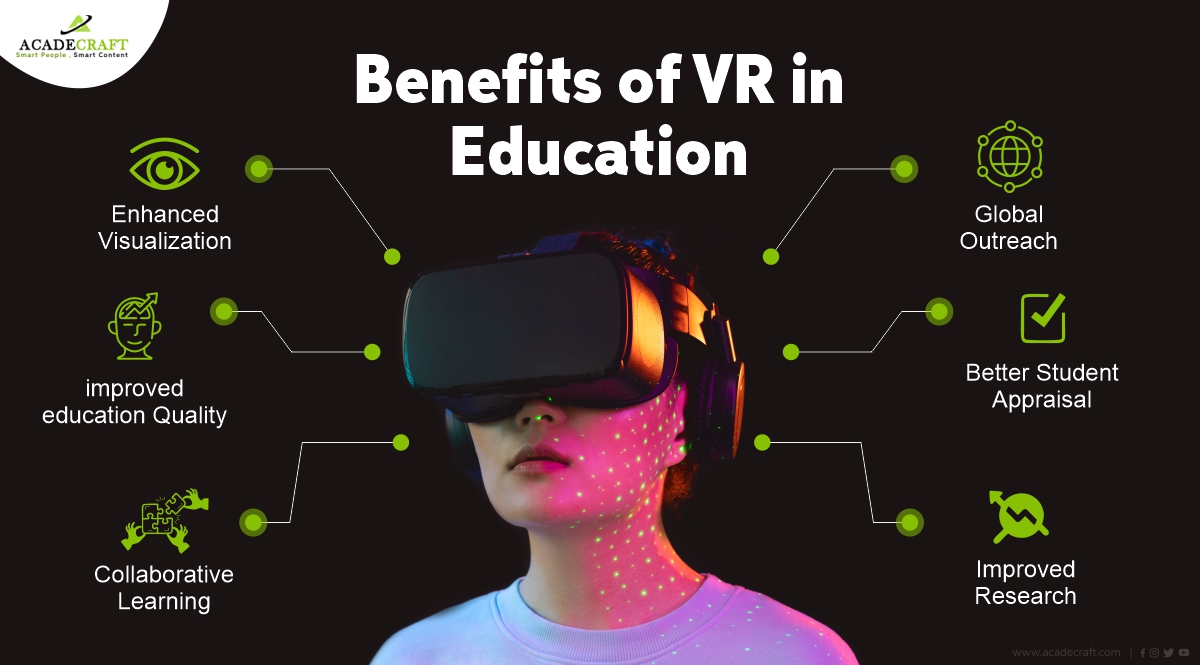
Using interactive VR in Education, learners can understand lessons better by understanding how things look in real life, and collaborating with others around the world. Using what they learned in class in New Jersey, could be different in a town in India, South Africa, or even California. But using virtual reality, a student can experience all these different things.
NearPod
Nearpod is an app that allows teachers to make presentations, and allow students to answer questions and reflect on the posted material.
- can create and share
- increases engagement
- effective feedback
- 22,000 pre-made lesson plans for teachers
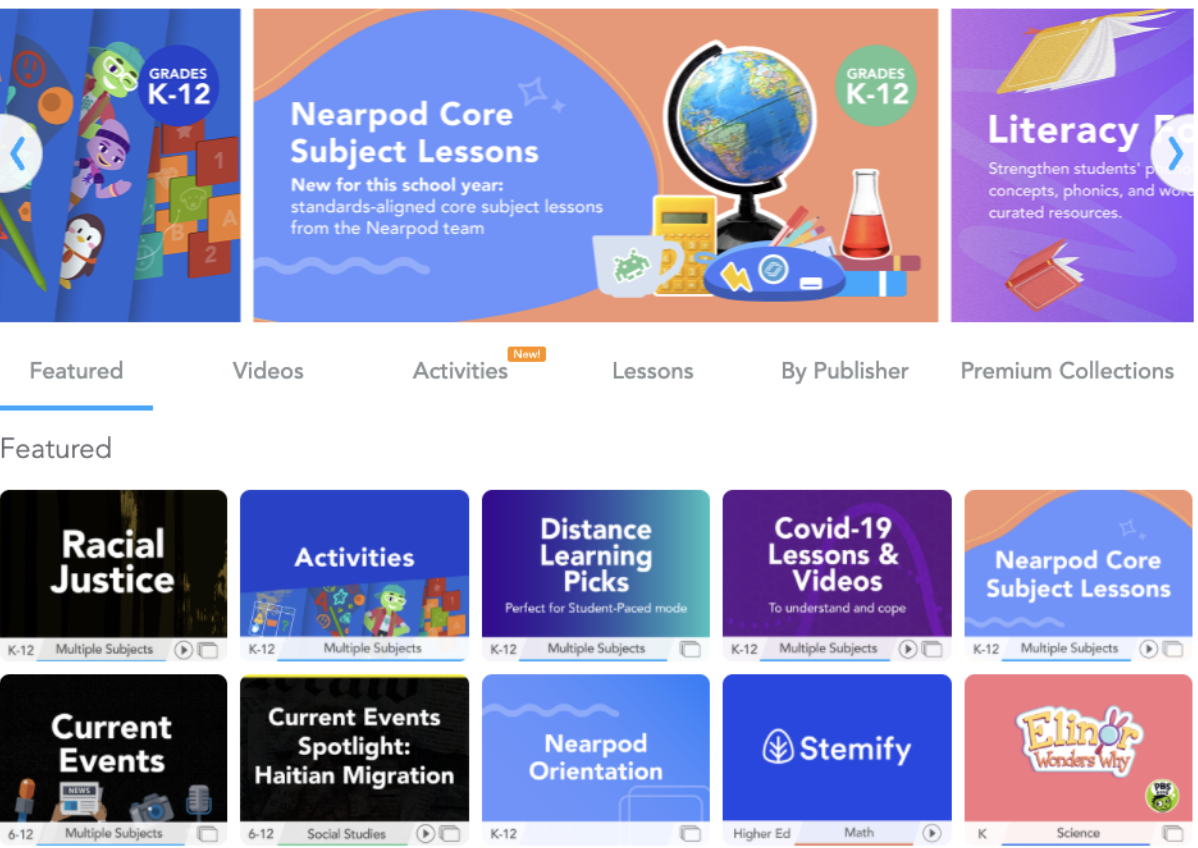
Allows students to interact and engage with the material, while receiving effective feedback. Teachers can plan their lessons accordingly around the world and collaborate with each other using VR and apps such as NearPod
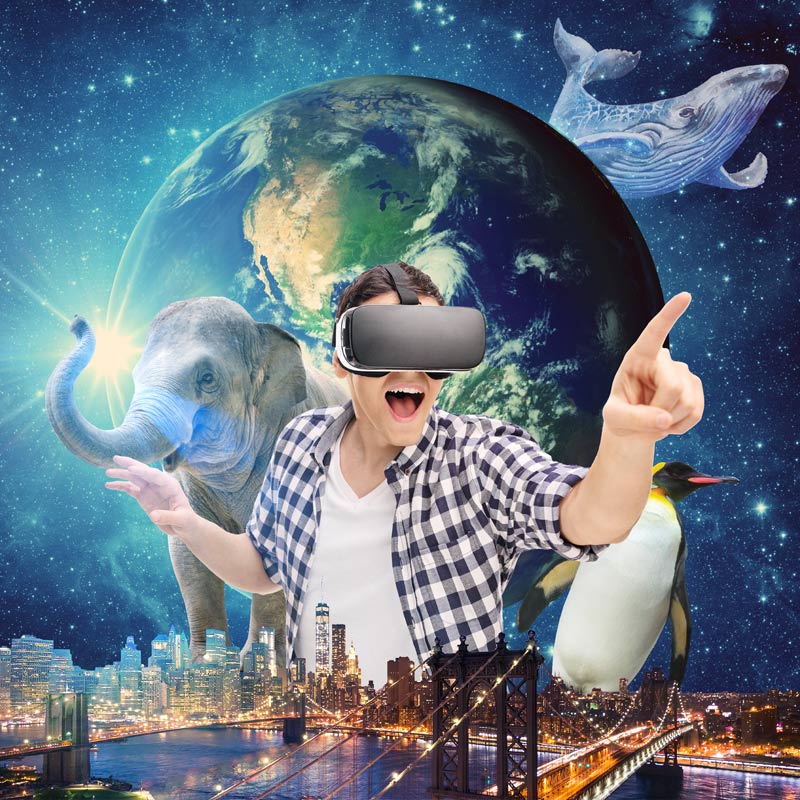
WE Teachers
By: Gianna Taylor
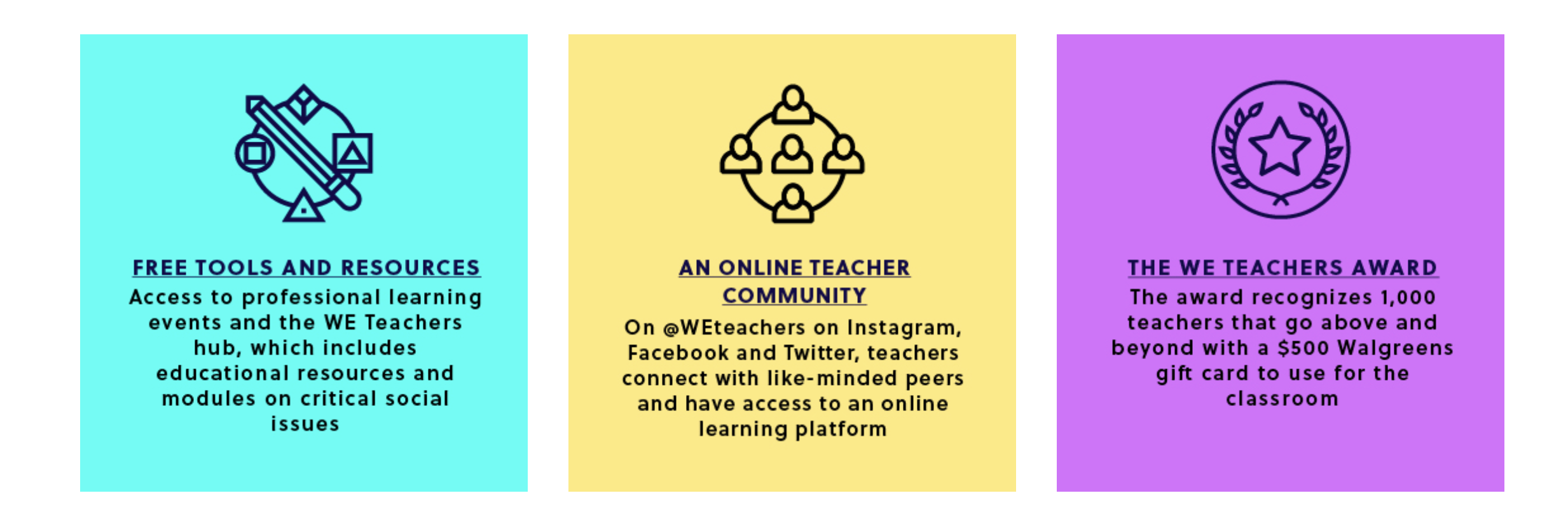
This website, allows a safe space for students, educators, and those who are looking to get involved with learning to experience and explore many different things. One important aspect of this community is what they offer for teachers.
Free Tools and Resources
Allowing teachers to join events which they can collaborate with other teachers and share ideas.
Modules Available to Teachers
- planning
- organization
- trauma practice
- making the classroom comfortable and fun
- mental health
- safety
- justice
Asynchronous Professional Development 2023-2024
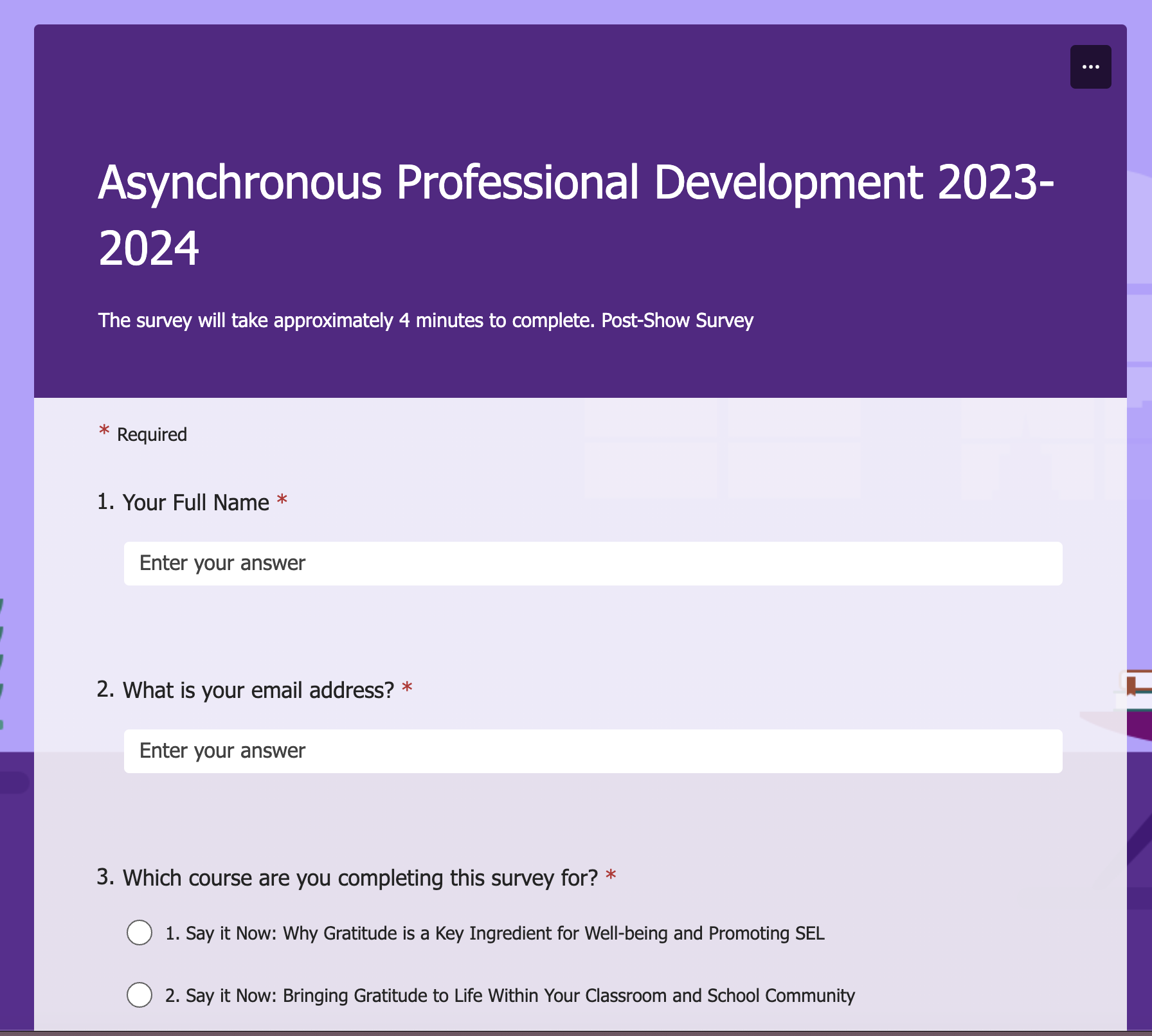
This site offers a free google form for educators that provides feedback on the modules and can help future teachers reflect and make change to help and inspire for the future.
Thank you
Gianna Taylor
7 Tools- JAWS, Read&Write, Thunder T3, ZoomText, Rocketbook Beacons, FM Systems, Sonocent
What are they and how can I use them?

1. JAWS
A screen reader for costumers with vision loss.
JAWS opens so many doors for students, or anybody with a disability looking to use a technology device.
Reads the material on the screen out loud, making it easier for someone to learn and explore! Recognized by many institutions, high schools, colleges, job sites, and universities.

2. Read&Write
Uses a tool that assists a variety of people with everyday tasks. Helps those struggling with unknown words, proofreading work, and is as easy as the tap of the mouse.

This is so helpful! Even for those who are looking for extra help to learn words, and perfect their work.
3. Thunder T3
This is a favorite: noise cancelation. An excellent development for someone who gets overwhelmed by loud noises, or prefers to work in a quiet environment, this can be compared to Apples, AirPod Max.
They start at only $10!
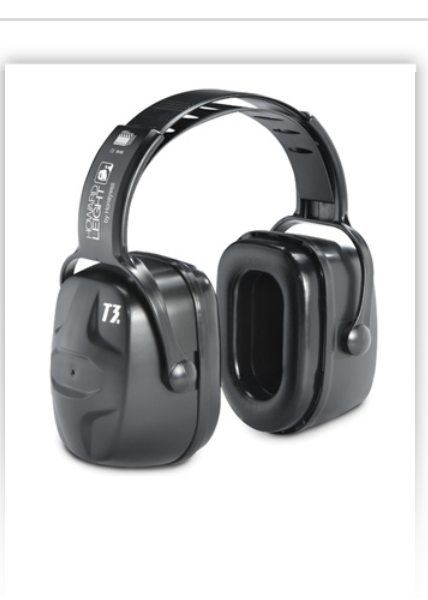
4. ZoomText
A screen magnifier, used by those who want or need a closer look on their technology device.
Fully integrated magnification for users with low vision.
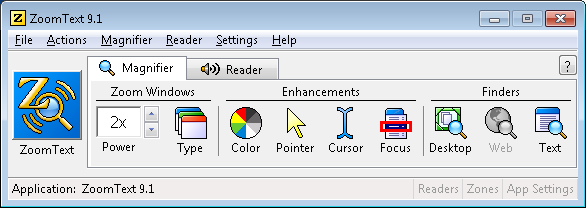
5. Rocketbook Beacons
Using Microsoft Technology to create a reusable stick to help with note taking.
The Introduction to how this works:
6. FM Systems
Uses radio waves to send and relay information to users with hearing aids.
7. Sonocent
An easily organized audio note taking software that can transform the way a learner interacts.
This is great for someone who cannot type or keep up with the verbal lessons a teacher.
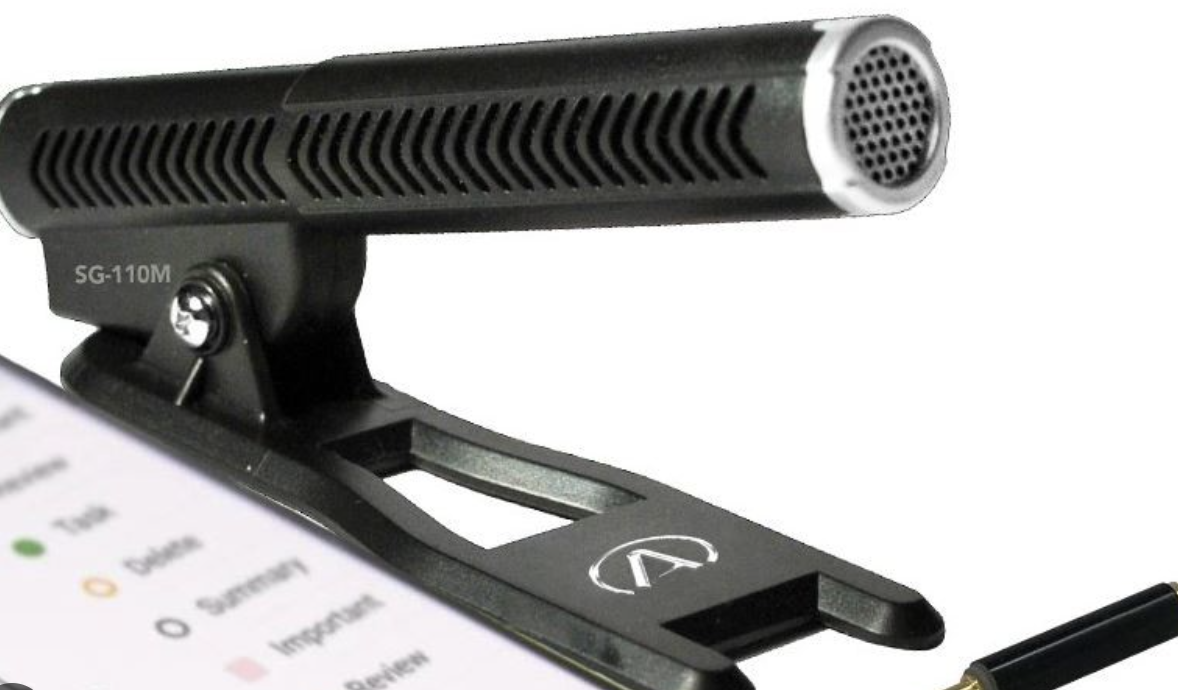
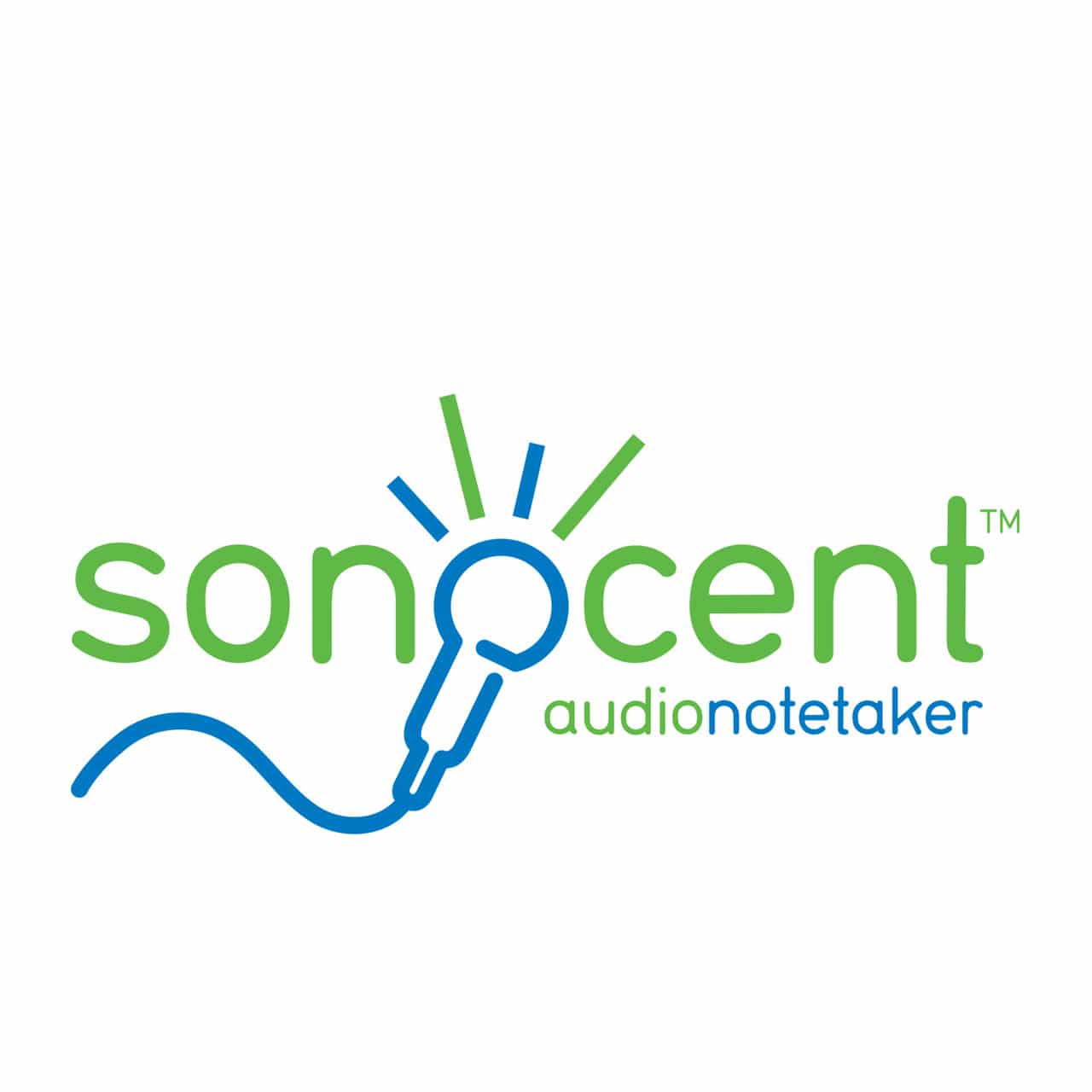
Unleashing Educational Frontiers: Virtual Reality in the Classroom
Welcome to the Future of Learning!
Virtual Reality (VR) has been a game-changer in education in recent years, revolutionizing traditional classroom settings. This blog post will examine the use of virtual reality (VR) in the classroom with an emphasis on how it can promote fruitful international collaborations. Virtual Reality (VR) is a shining example of innovation in an era where technology is changing the face of education. The exploration of virtual reality’s transformative potential in the classroom begins with this introductory slide. Explore the exciting world of virtual reality with us as we discover how this cutting edge technology is transforming conventional teaching strategies and giving teachers and students an unmatched portal to immersive and interactive learning experiences. Come along on this trip into the future, where learning has no boundaries and the classroom serves as a doorway to countless opportunities.

Immersive Adventures Beyond Textbooks
Immersive experiences that deeply engage students, virtual reality (VR) extends the boundaries of traditional textbook learning. Virtual reality makes everything come to life, from exploring ancient civilizations to plunging into the ocean’s depths, making learning engaging and unforgettable.Virtual reality offers immersive adventures that go far beyond the confines of traditional textbooks, elevating educational experiences to previously unheard-of levels. Students can use virtual reality (VR) to experience historical events, observe scientific phenomena up close, and investigate abstract ideas in three-dimensional environments. This slide explores the revolutionary effects of virtual reality (VR) on education, highlighting how it can captivate students’ interest, deepen their comprehension, and ignite a sincere desire to learn.
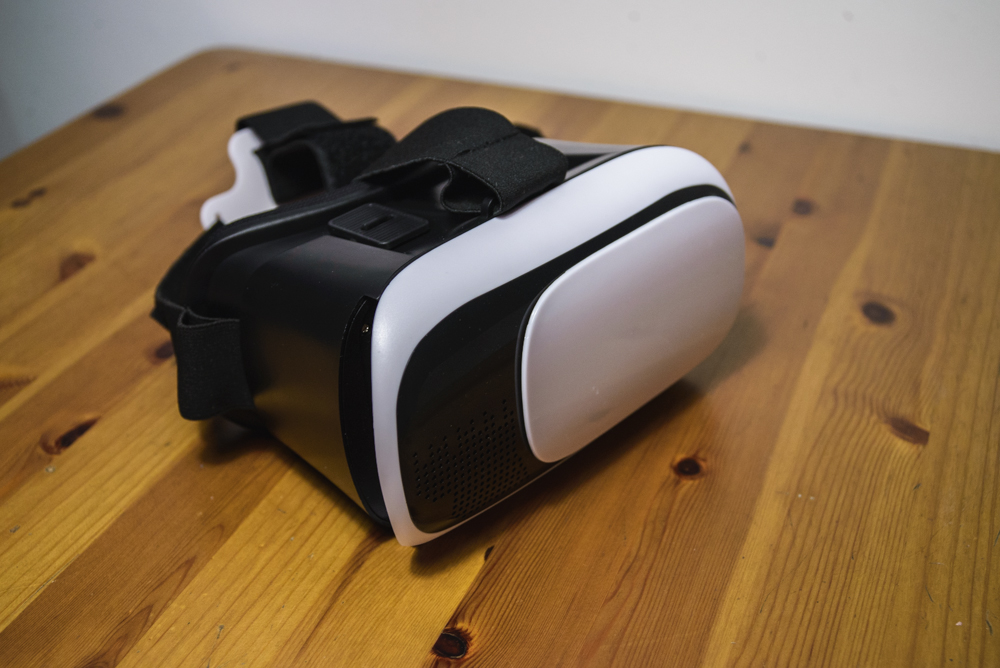
Global Classrooms Without Borders
The potential of virtual reality (VR) in education to connect students worldwide is one of its most exciting prospects. Geographical boundaries can be overcome in classrooms through virtual exchanges and cooperative projects. This promotes language proficiency, cross-cultural understanding, and the growth of a global viewpoint. By using this lens, teachers can help students develop a global perspective by giving them the opportunity to engage with classmates who have different origins, tongues, and customs. In addition to academic knowledge, this virtual, international classroom fosters cultural competency, empathy, and a deep appreciation for diversity. Students are actively creating a future in which cooperation transcends boundaries as they work together on projects, exchange ideas, and solve issues as a group. Come explore the revolutionary possibilities of virtual reality (VR) as it opens doors for classrooms to become portals to a global learning community.
Global Technology
Today we were asked to research virtual reality in classrooms. I chose YouTube 360 because with this you can visit any place in the world without the limitation of not being able to look around you. You can visit other countries, space, the ocean, wildlife, etc. It makes it much easier to demonstrate certain places to your students and engages them more because they feel like they are actually in this other place. You can even make your own videos (or find videos) to share with other educators that may work in places where they can’t visit other places. Most schools cannot afford to visit a new place for every lesson plan, but with YouTube 360 they don’t need to. You can visit any place in the world from the comfort of your own classroom, and even visit the same places as other educators. This helps with collaboration because more educators will have access to the same resources, helping them come together to create intricate lesson plans. I am a strong believer that the more people work on a project, the better the quality of it is because you have so many backgrounds and knowledgeable people working together towards a common goal, to better education for students everywhere. Bigger and reputable organizations such as National Geographic create YouTube 360 videos of places that teachers would not have access to otherwise such as Viking battles, the ocean, space, wildlife, Antarctica, etc.
This is one of many videos that explore different parts and eras of the world. There are many creators that have made playlists with a variety of YouTube 360 videos for others to use and even share with others, the video above is 1/68 YouTube 360 videos. You can even combine this technological tool with other tools to create lesson plans and share with others. Some educators use GPT API to have it create some lesson and edit it to better fit your classroom, and even share with others. Here is an example of a teacher who created a lesson plan with AI and shared it on X for other educators.
The use of AI in classrooms has drastically changed how teachers can present information to their students and format lesson plans, and social media platforms have changed how much access educators have to new ideas and tools. It is important to research what AI you want to use with your students so you can use it to its fullest potential, as well as share with others who could better the work you have already started. AI and VR can make learning better, and it is important that we, as educators, know how to properly use these tools to give our children (and children in other parts of the world) the best education possible.
How Are Veative and Education Connected?

Virtual reality (VR) and augmented reality (AR) have become very popular, especially regarding the terms of being in a classroom. Take the platform Veative, for example. It creates immersive and interactive experiences, making learning more engaging and memorable. Adopting VR and AR in classrooms reflects a desire to enhance the learning experience, catering to diverse learning styles and preparing students for the challenges and opportunities of a technology-driven world.
What is Veative?
Veative is an exciting tool for education! It is an immersive learning app that uses VR and AR to create engaging educational experiences for grades K-12 and higher education. In the classroom, it can bring subjects to life by providing students with interactive 3D models, simulations, and virtual experiments. This hands-on approach can make complex concepts more understandable and memorable.
How Is It Used In A Classroom?
Veative allows users to browse numerous modules and courses from science, history, or geography! Students can explore virtual labs, conduct experiments, and visualize complex concepts. In addition, you can take virtual field trips to historical sites or explore different cultures. The immersive nature of Veative can enhance the overall learning experience and cater to various learning styles.
The platform also provides teachers with analytics and assessments to track students’ progress, making identifying areas needing more attention easier. It is a tool that aligns well with the shift towards more interactive and technology-enhanced learning in the modern classroom.
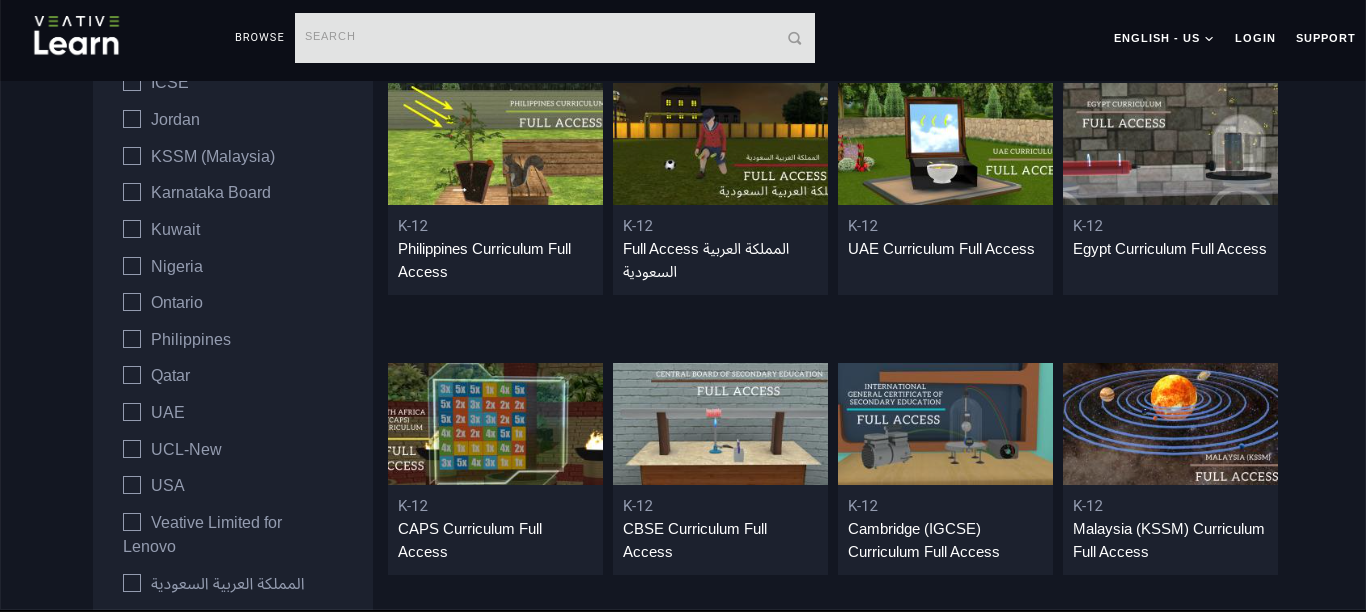
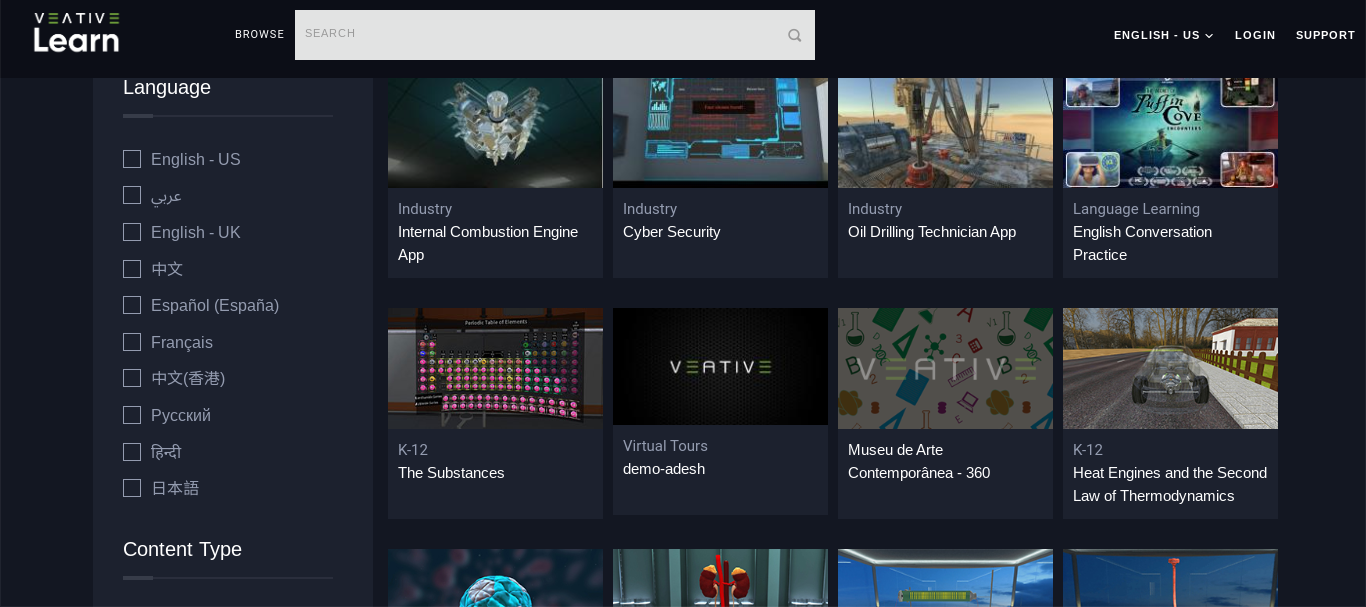
360 Videos
Who doesn’t love watching 360 videos? Watching these videos lets you imagine you are in a specific place and exploring independently. Veative has numerous 360 videos that students can watch. The videos on the website are not part of the Veative offering but are available on YouTube for free. You can pick from different subjects on what type of video you want to watch.
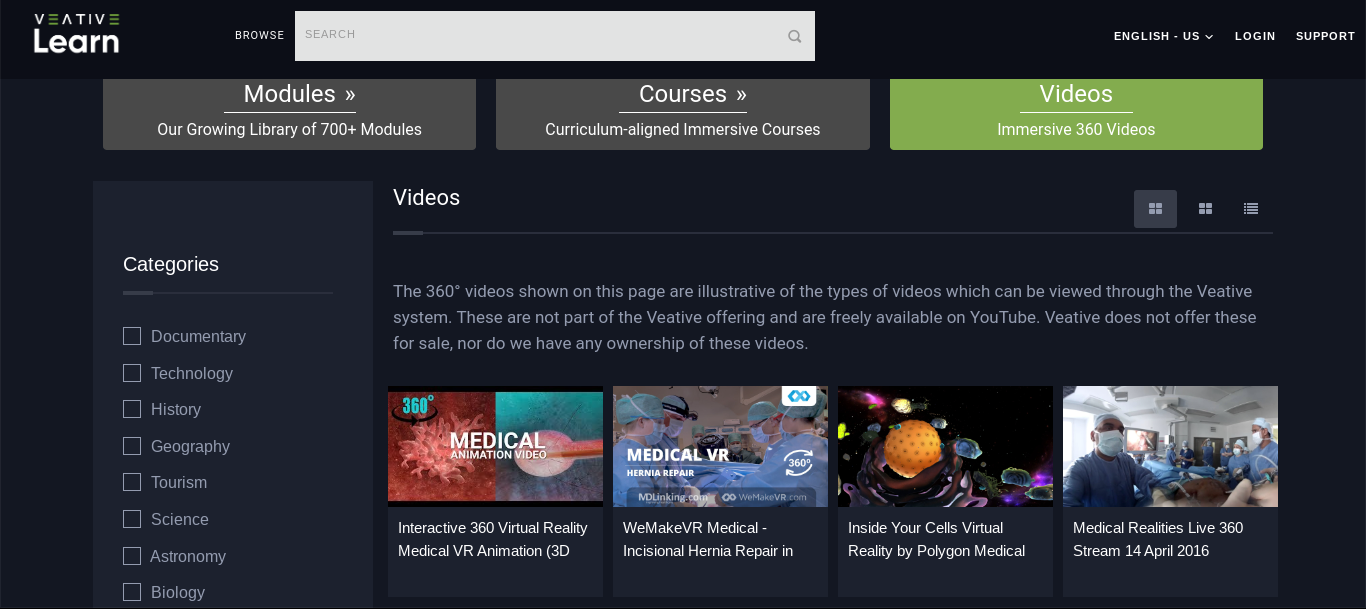
Global Collaboration in Education
Veative can contribute to global collaboration in education through various features and capabilities to connect students and educators meaningfully. Through its immersive VR experiences, Veative fosters a shared environment where learners worldwide can engage in collaborative projects, virtual field trips, and cross-cultural exchanges. The platform’s ability to create shared virtual spaces enables the following:
- Real-time interactions
- Discussions
- Teamwork
- Breaking down barriers
- Nurturing a sense of global community
Furthermore, Veative provides a dynamic platform that not only enriches the learning experience but also prepares students for a globally interconnected future by promoting cultural understanding, language skills, and collaborative problem-solving on a global scale.

Conclusion
In conclusion, Veative emerges as an innovative educational force, blending technology and global collaboration to reshape the learning landscape. Its immersive capabilities rise above traditional boundaries, allowing students to engage in shared experiences, collaborate worldwide, and gain insights that extend far beyond what goes on in the classroom. As education continues to evolve, Veative stands are at the forefront, not just as a tool for learning but as a gateway to a more interconnected and collaborative future for students worldwide.
Make sure to follow my Twitter (X) account: @taliana_ayala
Nearpod – AR/VR and Global Collaboration
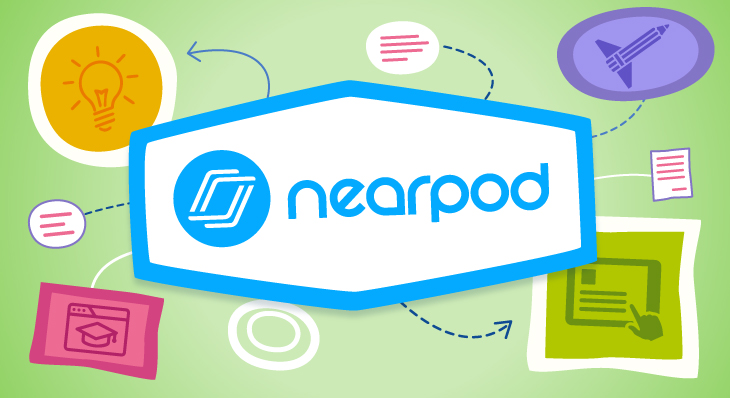
With the assistance of the web and mobile applications, Nearpod allows educators to make and distribute intriguing multimedia presentations to their students. With Nearpod, teachers and educators are able to quickly incorporate interactive elements like polls, quizzes, and videos into their presentations
With Nearpod’s extensive lesson library and customizable lesson creation tools, there are countless options for global collaboration and discovery.
I was able to find this sample lesson plan for teachers in the elementary and middle school level that they can use to incorporate Nearpod in their classroom. In this students use the Nearpod collaborative board to answer questions they know about state capitals and then after an interactive slide in Nearpod will educate them about state capitals and states. The objective is for students to know what a state capital is, name at least ten states and capitals and also know the number of states in the country.
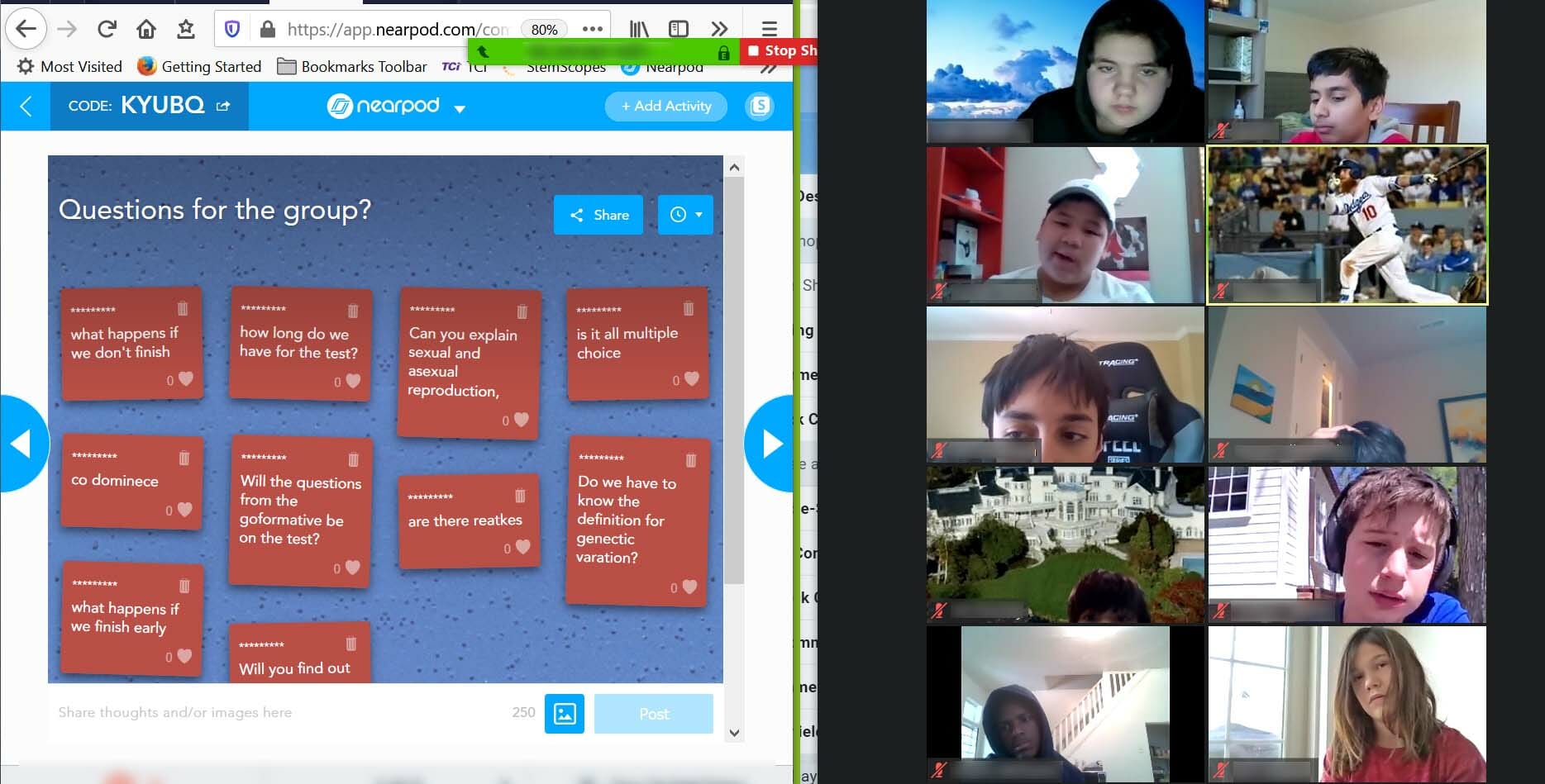
Lesson plans like these showcase how useful Nearpod can be in a classroom and how it can foster collaboration between students. With Nearpod, you will also be able to collaborate globally with other people. in your classroom. It also showcases how technology is the future in classrooms and learning how to properly introduce tech inside of classrooms is important.